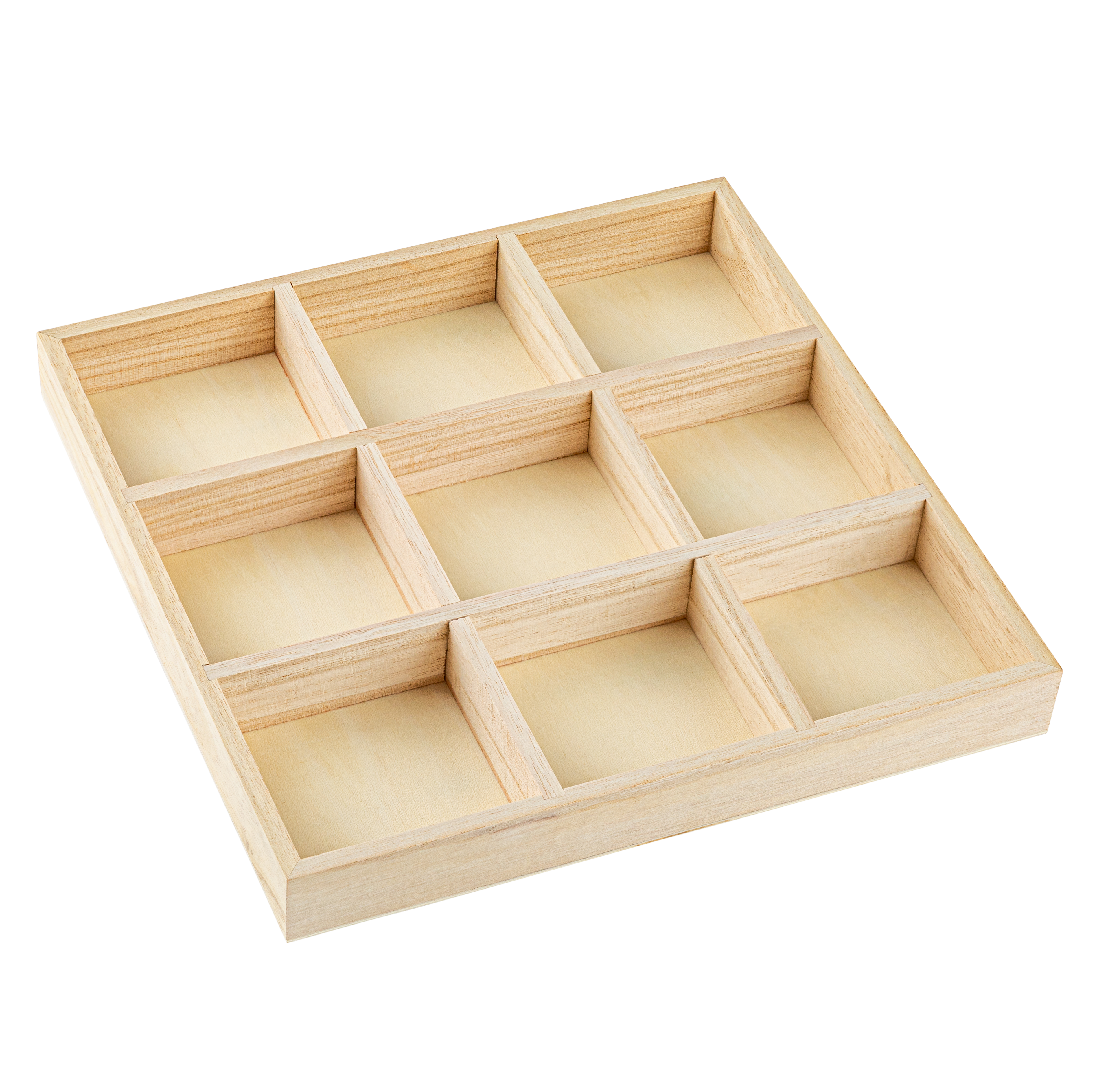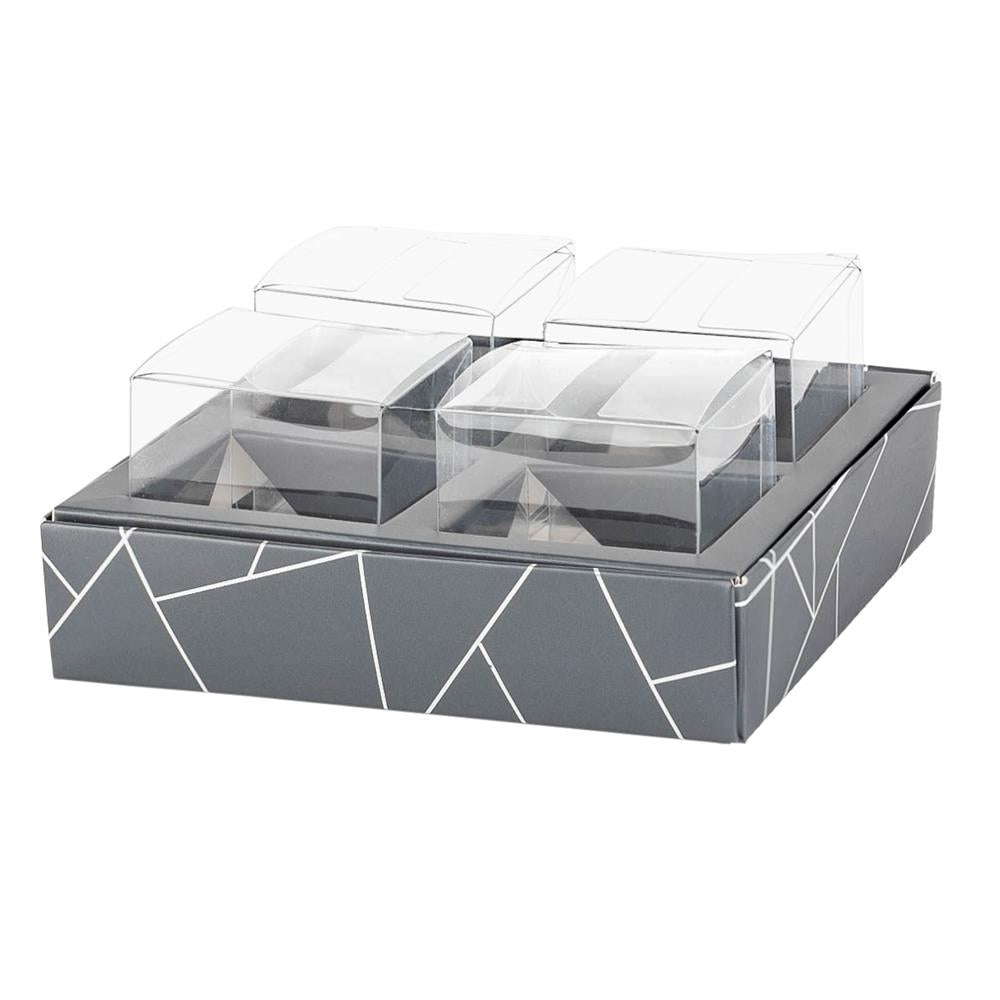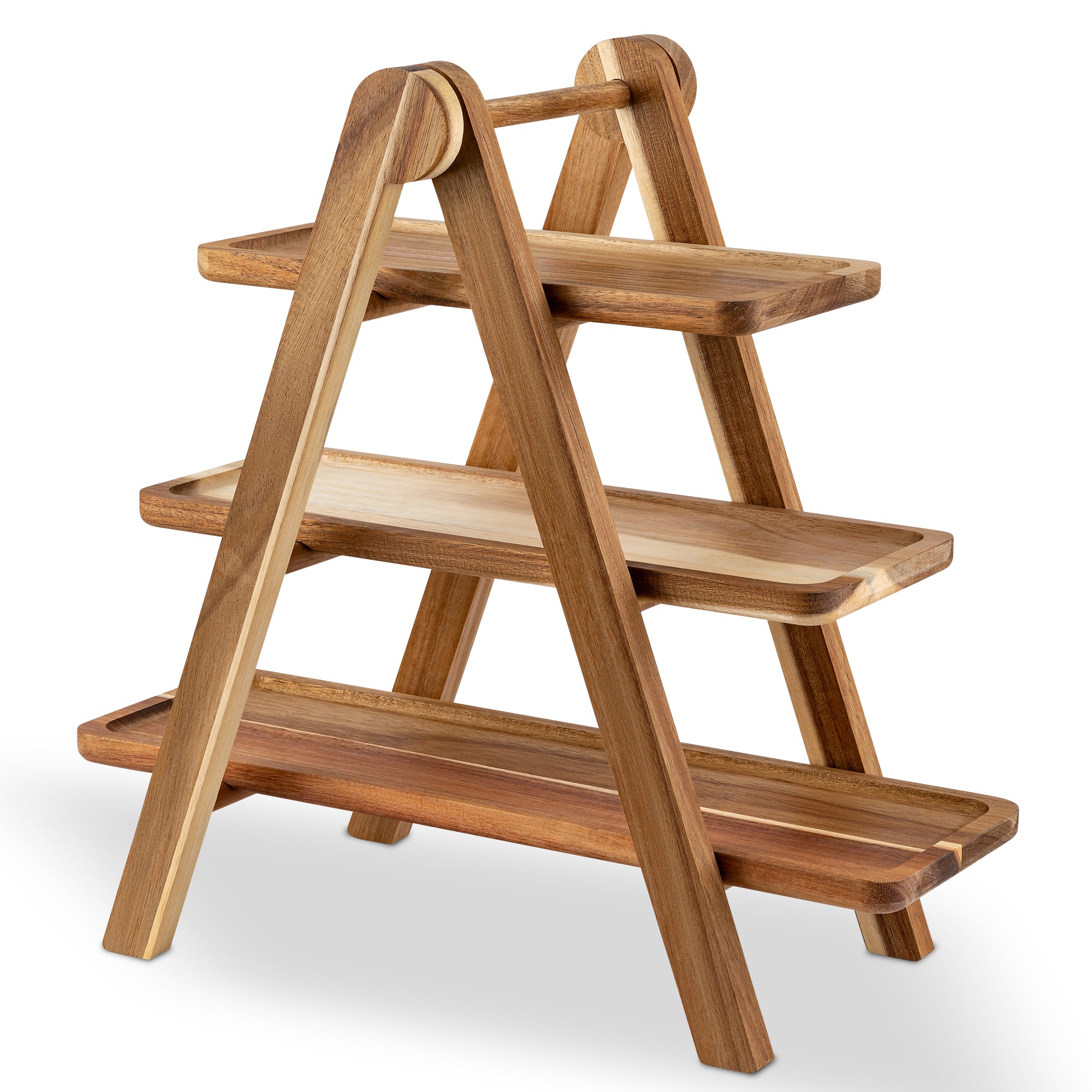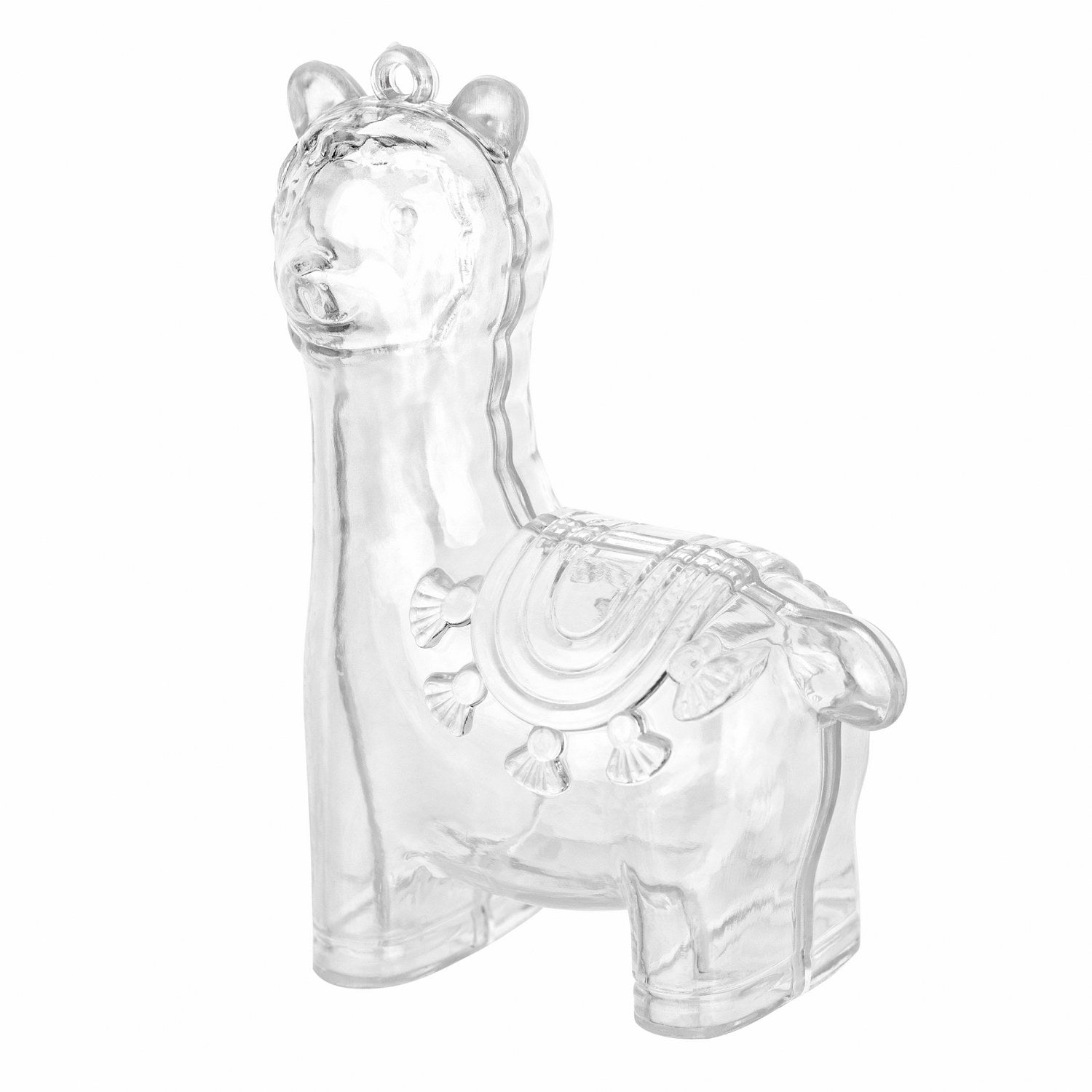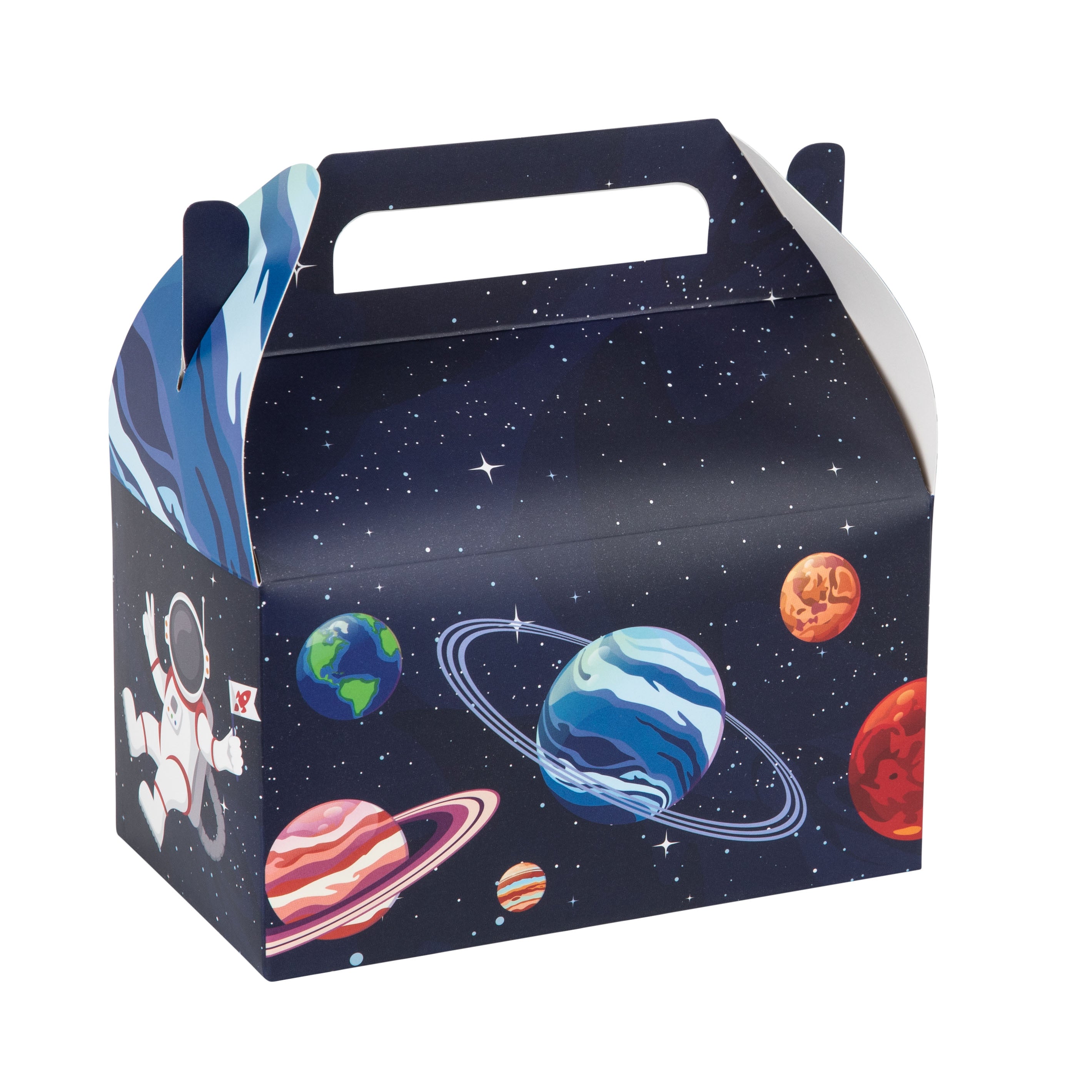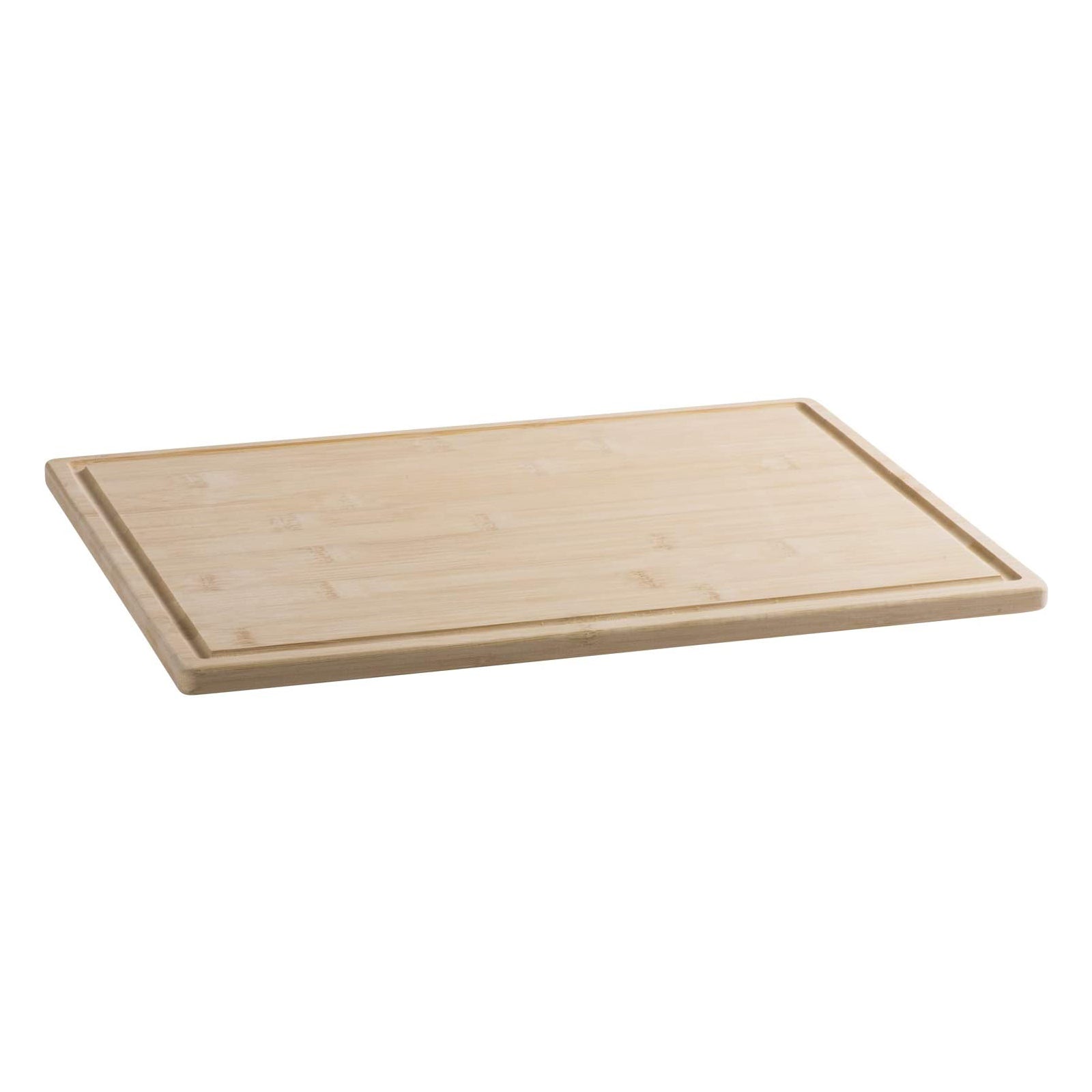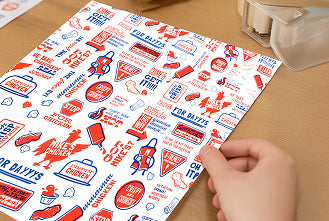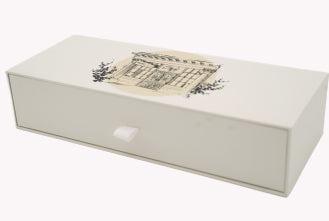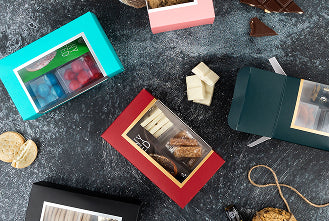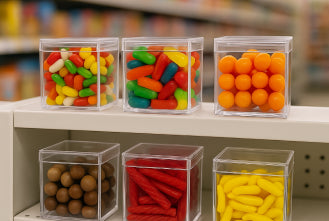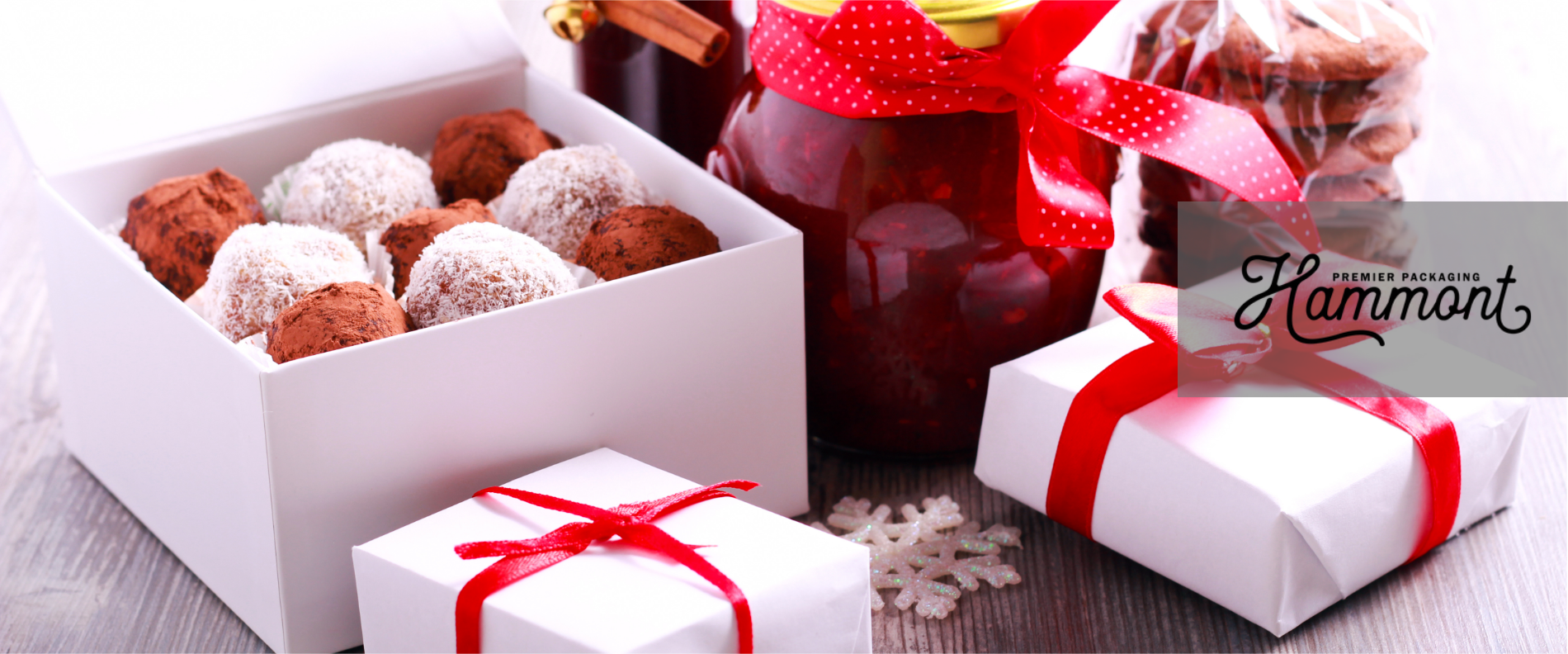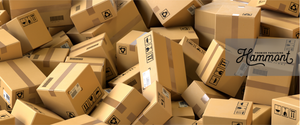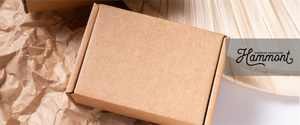Edible gifts are something everyone loves! You know the recipient or consumer will use (or eat and enjoy!) them. Yet, freshness can be a major concern when packaging these types of gifts. From cookies and chocolate to jams and other treats, you definitely want your yummy items to stay fresh and, well, delicious. And you likely want them to be aesthetically pleasing—no one wants to receive cookie crumbs or broken chocolates!
So, in this article, we help you choose packaging that enhances the gift experience without compromising quality. What should you keep in mind?
Different Foods Have Different Needs
When it comes to packaging edible gifts, there’s no universal solution—what works for a batch of homemade cookies might be totally wrong for a jar of infused olive oil or a box of delicate chocolates. At the end of the day, each type of food has unique properties that influence how it should be packed, preserved, and presented.
Moisture content, perishability, texture, and even scent can all affect how well a product travels and how it’s received. For example, a crunchy biscotti requires airflow to prevent it from becoming soggy. Meanwhile, a fresh pastry needs protection from drying out. Something as simple as the wrong wrap or an ill-fitting lid can cause spoilage or mess, quickly turning a thoughtful gift into a disappointment. So, how can you determine what’s right for your edible gift? We’ve got a few ideas!
Factors to Consider
The goal is for your edible gift to arrive intact, fresh, and as delicious as intended. So, here’s what you should keep in mind when considering packing for it:
-
Shelf life: First and foremost, you should ask yourself: How long will the gift stay fresh without refrigeration or freezing? If it’s only a day or two, you may need to alert the recipient or, if sending far away, ship it quickly. Longer-lasting treats, however, offer more flexibility but still require airtight protection.
-
Fragility: Is your edible treat brittle, crushable, soft, or even prone to melting? These are things you’ll want to take into account when wrapping it up!
-
Grease or moisture: Butter can seep through thin paper packaging. Thus, some treats may require liners to prevent this. Alternatively, wax paper, foil wraps, or glass jars with secure lids can also prevent seepage and mess.
-
Temperature sensitivities: Will your items melt or spoil in the heat? If this is a concern, consider insulated containers or gel packs if the gift will travel through warm environments.
Packaging Options for Edible Gifts
Choosing the right packaging for your edible gift is about more than just looks—it’s about preserving freshness, preventing damage, and creating a delightful unboxing experience. The right container enhances both the safety and presentation of your food item. So, here are some of the best packaging types to consider, depending on what you’re gifting:
Tins
Tins are a timeless choice for edible gifts like cookies, toffee, fudge, and chocolate. They’re rigid, crush-resistant, and can be reused by the recipient. The tight-fitting lid helps preserve freshness, while the decorative finish gives your gift a classic, polished appearance. Tins are also great for layering treats with parchment or tissue paper inside.

Tuck Top Gift Boxes
These boxes feature interlocking flaps that tuck into the lid for a secure, stylish closure. Tuck tops are ideal for bakery-style gifts, such as brownies, pastries, or small bread loaves. Available in various colors and finishes, they’re easy to assemble and elevate the presentation without needing extra ribbons or tape. Choose a food-safe version or line it with wax paper for direct food contact.
Sectional Boxes
Perfect for assortments, sectional boxes have built-in compartments to separate different items—like cookies, candies, dried fruits, or snack mixes. They keep everything neat and intact!
Sectionals are especially useful when you’re gifting a variety of flavors or textures that shouldn’t touch each other. They can help preserve freshness and avoid mixing flavors that might ruin the deliciousness of your gift.
Clear Treat Bags
These are a simple and cost-effective choice for small items, such as truffles, hard candy, or biscotti. The transparency of clear treat bags showcases the food inside, making them visually appealing. But make sure to secure the bag with a twist tie, ribbon, or branded sticker for a clean, attractive finish! You may also pair this with a box or tin for added protection during delivery.
| Edible Gift Type | Ideal Packaging Type | Why It Works | Bonus Tips |
|---|---|---|---|
| Cookies | Tins | Rigid and crush-resistant; helps maintain freshness | Use parchment between layers to prevent sticking or breakage |
| Chocolates | Tins or Sectional Boxes | Protects delicate shapes; sections keep chocolates from sticking together | Add insulation if shipping in warm climates |
| Brownies & Bars | Tuck Top Gift Boxes | Secure lid and simple presentation; fits snugly without crushing | Line with wax paper to prevent oil or moisture seepage |
| Truffles & Hard Candy | Clear Treat Bags | Visually appealing and simple to seal | Pair with tins or boxes for added protection when shipping |
| Jams, Sauces & Syrups | Glass Jars with Secure Lids | Preserves freshness and prevents leaks | Test for leaks before packing; cushion to avoid breakage |
| Biscotti & Crunchy Items | Clear Treat Bags or Vented Boxes | Allows airflow to maintain crispness | Avoid airtight containers unless moisture-protected |
| Dried Fruits & Snacks | Sectional Boxes | Keeps flavors and textures separate | Choose food-safe liners to avoid cross-flavoring |
| Pastries | Tuck Top Gift Boxes | Protects delicate baked goods and minimizes drying | Ensure items are cooled before packing to avoid condensation |
Mistakes To Avoid
Even the most delicious edible gift can lose its appeal if it arrives damaged, spoiled, or poorly presented. To ensure your thoughtful gesture leaves the right impression, steer clear of these common packaging mistakes!
Using non-food-safe materials is a major misstep—avoid placing food in direct contact with dyed tissue paper, printed boxes, or other materials not designed for food use. Always line containers with food-safe wraps like wax paper, parchment, or certified liners.
Overstuffing containers may seem efficient, but it often leads to crushed or deformed items. Similarly, failing to account for temperature sensitivity can result in melted chocolate, soggy baked goods, or spoiled perishables. Remember to keep all of this in mind when packing things up!
Another often-overlooked issue is condensation. If you package items that are still warm, moisture can build up inside sealed containers, making crisp items go soft or introducing spoilage risks. Always let food cool completely before sealing.
Lastly, for liquids such as jams, sauces, or syrups, ensure you test containers for leaks. One poorly sealed jar can ruin an entire box.
Use the above tips and tricks to ensure your treats are received intact and fresh! When done right, your edible gift becomes a memorable experience—one that tastes just as good as it looks.

